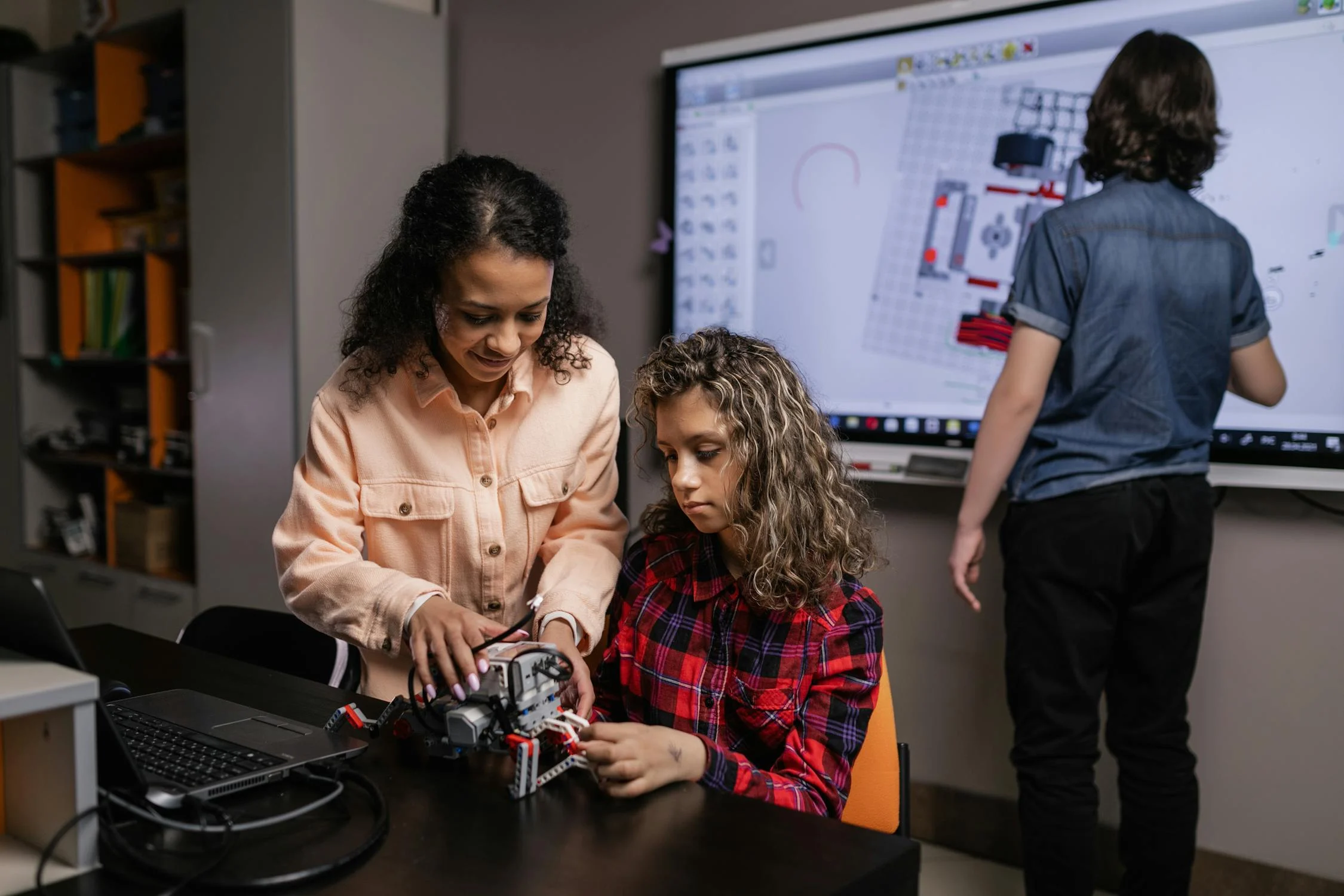The modern classroom is evolving at a breakneck pace, driven by technological advancements that promise to enhance learning experiences and streamline educational processes. Integrating effective IT solutions has become pivotal as educators and institutions seek to keep up with the digital revolution. This article explores the various facets of incorporating IT solutions into modern classrooms, highlighting the benefits, challenges, and best practices to consider.
Why IT Integration Matters
With the advent of digital learning tools, the traditional classroom setup is no longer sufficient to meet the demands of contemporary education. Integrating IT solutions allows for personalized learning, fosters collaboration, and promotes critical thinking skills. Moreover, technology can bridge gaps, making education more inclusive and accessible to students with diverse learning needs.
Software Solutions: Enhancing Learning Experiences
From learning management systems (LMS) to educational apps, software solutions are the linchpins of IT integration in classrooms. LMS platforms facilitate the organization of course materials, track student progress, and enable seamless communication between educators and students. Meanwhile, educational apps can offer interactive and engaging ways to reinforce learning concepts, making complex subjects more approachable.
Teacher Training and Professional Development
No IT solution will be effective without proper training and professional development for educators. Teachers need to be adept at using technology to enhance their instructional methods and engage students. Offering regular workshops, online courses, and peer collaboration opportunities can empower teachers to make the most of available IT resources. For institutions facing challenges with new technology, seeking professional IT support Glendale can be an invaluable resource. Expert support assists in ensuring smooth integration and addressing technical issues promptly.
Global Perspectives on IT Integration
Globally, the approach to integrating IT solutions in education varies, influenced by factors such as regional development, budget allocations, and cultural attitudes towards technology. Learning from successful case studies worldwide can provide valuable insights and strategies. For instance, countries like Finland and South Korea have made significant strides in creating tech-savvy educational environments, setting benchmarks that other nations can aspire to.
Getting Started: Infrastructure and Hardware
Before any IT solution can be effectively integrated, a solid foundation of infrastructure and hardware is crucial. This includes reliable internet connectivity, adequate computing devices for students and teachers, and interactive whiteboards. Investing in robust infrastructure ensures that technological tools can be utilized without significant downtime or tech-related disruptions.
Addressing Challenges and Resistance
Despite the evident benefits, integrating IT solutions in classrooms can face challenges and resistance. These may stem from budget constraints, lack of technical know-how, and resistance to change from traditional teaching methods. Addressing these issues requires a strategic approach that includes stakeholder engagement, continuous support, and demonstrating the tangible benefits of IT integration.
Future Trends in Educational Technology
As we look to the future, several emerging trends in educational technology could further revolutionize the classroom experience. Technologies such as artificial intelligence (AI) and virtual reality (VR) offer new ways to engage students and customize learning experiences. AI can provide real-time feedback, adaptive learning paths, and even grading automation, while VR can create immersive learning environments, from historical adventures to scientific explorations.
Data Privacy and Cybersecurity
One of the paramount concerns when integrating IT solutions is ensuring data privacy and cybersecurity. Schools are responsible for safeguarding sensitive information about students and staff. Implementing strong cybersecurity measures, such as encryption, regular software updates, and awareness training for users, is essential to protect against data breaches and cyber threats.
Community and Parental Involvement
An often overlooked aspect of successful IT integration in classrooms is the role of community and parental involvement. Engaging parents and local communities in the integration process can foster a support system that benefits students. Workshops, informational sessions, and open communication channels can help in aligning home and school tech initiatives, ensuring consistency and reinforcing learning.
Conclusion
Incorporating IT solutions into modern classrooms is not just a trend but a necessity for future-ready education. While the process requires careful planning, investment, and ongoing support, the benefits of enhanced learning experiences, improved accessibility, and better educational outcomes make it worthwhile. As technology evolves, staying abreast of the latest developments and integrating them thoughtfully will ensure that classrooms remain dynamic and effective learning environments.
